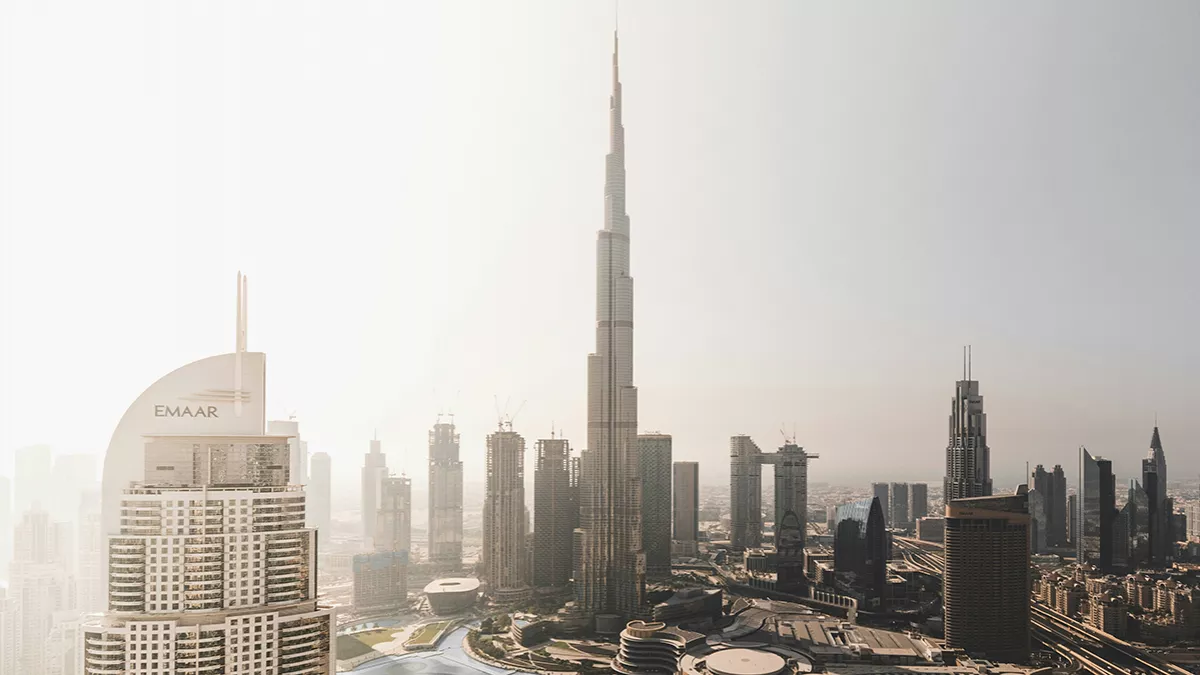
In August, Sweihan, Al Ain, registered a sweltering 51.8°C, the highest temperature the UAE had seen in nine years. According to the National Center of Meteorology (NCM), this number, taken on August 1, 2025, is higher than the previous August record of 51.4°C established at Mezaira in 2017, demonstrating a noticeable rise in temperatures over the preceding several years.
The expansion of thermal lows from the southwest influences temperatures in August, which is a continuation of July's scorching weather. The Indian monsoon low pressure is the most important of these, as it plays a role in the country's rising temperatures. Because of the combination of the mountains and the high temperatures, clouds form in the southern and eastern regions of the United Arab Emirates. In the afternoon, these clouds frequently turn into rain, reaching certain interior areas. Certain regions are also impacted by the Intertropical Convergence Zone (ITCZ), particularly in the first half of the month, which causes convective rainy clouds to form. Warm, humid air rises and forms thunderstorms in the ITCZ, a low-pressure region close to the equator where trade winds converge.
Mornings and evenings seem especially humid, with the mean relative humidity for August being 47%, a little rise over July. Between 17 and 32 percent is the mean minimum relative humidity, and between 63 and 80 percent is the mean maximum.
